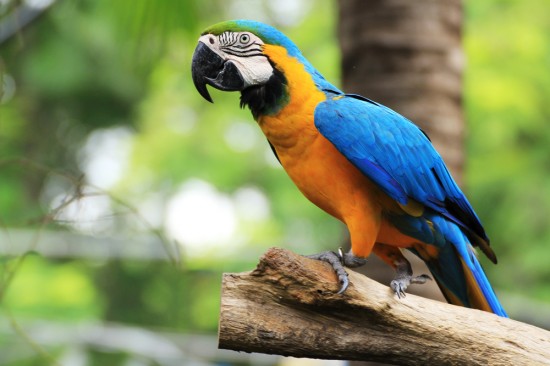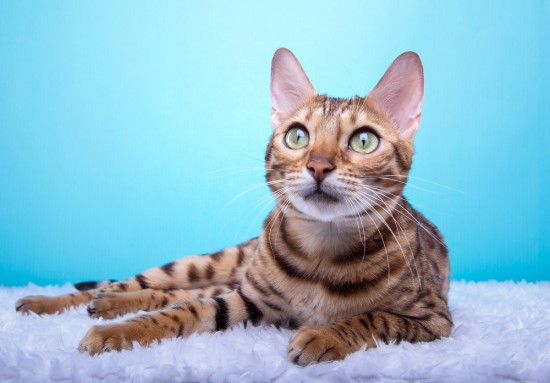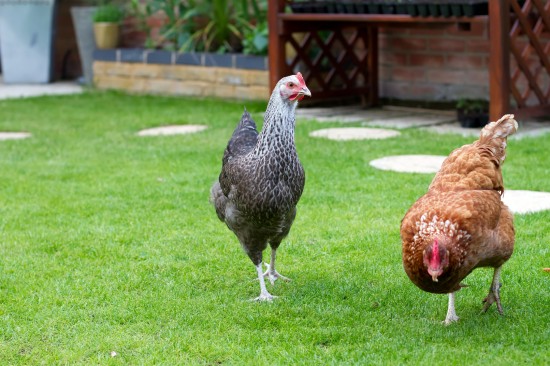
Highly Pathogenic Avian Influenza, caused by the H5N1 virus,(commonly called bird flu)
has been detected in cats and other felidae (e.g. leopards and tigers) from time to time since the start of the present poultry
avian influenza epidemic in 2003.
In 2004 researchers showed that cats can be infected with H5N1 virus and that the virus could
not only cause severe disease (and death) in cats, but also that cats could transmit the virus
to other cats.
On present evidence however, it is highly unlikely that cats play any major role in the natural
transmission of H5N1 viruses. In other words, although susceptible to the virus, they
are “accidental” hosts.
However, because cats can be susceptible to the H5N1 virus, it does mean that there is
the potential for domestic cats to contract the disease and then to pass it on to other
cats, other species, and perhaps humans.
How might cats become infected with the H5N1 virus? There are 2 main scenarios.
a) Eat infected poultry meat – hence the association between infected cats and outbreaks of
bird flu in poultry.
b)Many migratory waterfowl are carriers of the H5N1 virus. These are unlikely to come
into close contact with cats, but they intermingle with other bird types that might well
come into close contact with cats.
Cats are not the only mammals that can be infected with the H5N1 influenza virus. Tigers,
Leopards, Civets, dogs and pigs are all recorded as having been infected and there is little
reason to suggest that other mammals could not be infected by the virus.
While this information is slightly unsettling, it needs to be put in context. Mammals (including
humans) need to be exposed to massive amounts of virus to become infected. This is supported by
the fact that most human deaths from H5N1 have occurred where those people have
had prolonged exposure to poultry circulating the H5N1 virus.
In addition, infected mammals
shed very small amounts of virus, thus further reducing the potential for transmitting
the virus from mammal to mammal (e.g. from cat to human).
A few other things worth mentioning.
1) The H5N1 virus is quickly killed at 70C. Thus normal cooking of chicken meat will
kill the virus.
2) Commercial poultry routinely slaughtered at an approved slaughter plant does not
represent a health hazard. This means that 99.9% of dressed poultry available in all
first world economies (and many developing economies) is perfectly safe to eat. Not eating
chicken “because of bird flu” is a nonsensical, uninformed reaction.
3) Not every cat that develops the sniffles now has bird flu! However, if you are in an
area that has had an H5N1 outbreak in poultry, then a sick cat should ring some alarm bells.
4) Practice normal good hygiene – wash your hands with soap and water after handling animals
or cleaning out litter trays etc.
So while cats can become infected with the bird flu virus, the chances of them transmitting it to other animals or humans at the moment is very slim indeed. Unfortunately, Influenza viruses are
constantly changing through mechanisms known as antigenic shift and antigenic drift, which means that
what is true today may change in six months time.
Watch this space!
Keith Perrett is a qualified Veterinarian
http://www.pet-health-for-humans.com/bird-flu.html
 Which Breed Of Spaniel Would Suit Your Lifestyle Best
Which Breed Of Sp
Which Breed Of Spaniel Would Suit Your Lifestyle Best
Which Breed Of Sp
 Teaching Your Pet Bird To Talk
Teaching Your Pet
Teaching Your Pet Bird To Talk
Teaching Your Pet
 Urinary Tract Blockages In Cats
Urinary Tract Blo
Urinary Tract Blockages In Cats
Urinary Tract Blo
 Pedigree Dogs Exposed - The Bbc Documentary On Breed Standards (part One)
Pedigree Dogs Exp
Pedigree Dogs Exposed - The Bbc Documentary On Breed Standards (part One)
Pedigree Dogs Exp
 Top Tips For First-time Chicken Owners
Top Tips For Firs
Top Tips For First-time Chicken Owners
Top Tips For Firs
Copyright © 2005-2016 Pet Information All Rights Reserved
Contact us: www162date@outlook.com